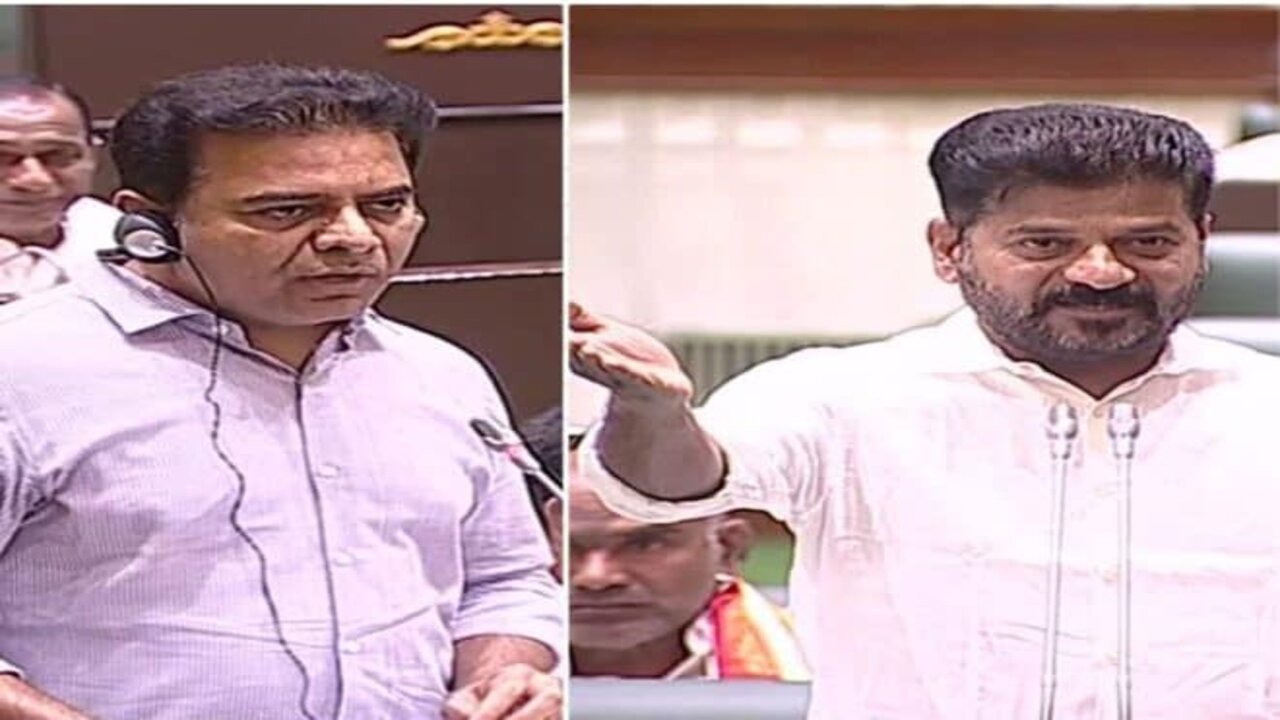Azadika amrit mahotshav:History of Indian flag and significance of its tricolour
0 Comments । By Black Cat News । 16 August, 2022

Indians across the nation will be commemorating India’s independence from British rule by celebrating its 76th Independence Day on August 15, 2022, which will mark grand performances by the military bands, citizens across the country singing and dancing on patriotic songs, hoisting the tricolour flag and enthusiastically reciting poems remembering the sacrifices of India’s freedom fighters. Indian history is rid with famous events of retaliation and uprisings which eventually drove the Britishers out and forced former viceroy, Lord Mountbatten, to free India on August 15, 1947 after giving the mandate to transfer the power to Indians but the day also marked the partition of British-ruled India into two countries - India and Pakistan. Asserting the importance of India having its own flag, Mahatma Gandhi had stated, “A flag is a necessity for all nations. Millions have died for it. It is no doubt a kind of idolatry which would be a sin to destroy.” Today, the tricolour or tiranga, as the national flag of India is popularly called, is hoisted at the Red Fort in New Delhi on every Independence Day and many believe that the saffron, green and white on our flag is divided on the basis of religions, which is not true.
Indian tricolour flag:
The current national flag of India is a horizontal tricolour of deep saffron (kesari) at the top, white in the middle and dark green at the bottom in equal proportion. The white portion has a navy blue wheel or the chakra with 24 spokes and is identical of a similar design which appears on the abacus of the Sarnath Lion Capital of Ashoka. While the ratio of width of the flag to its length is two to three, the wheel is at the centre and the diameter of the chakra approximates to the width of the white band. However, the Indian flag reached its current stage after many revisions.

History and significance of the Indian tricolour flag:
The first unofficial flag of India was 1906 hoisted on August 7, 1906, in the Parsee Bagan Square (Green Park) of Kolkata. It was also a tricolour but with three horizontal strips of red, yellow and green. While the yellow strip had the words Vande Mataram in Devnagiri script, the green panel had 8 half-opened lotus flowers.
After another revision in 1907, 1917 and 1921, 1931 finally witnessed a resolution being passed to adopt the tricolour which had changed from red to saffron, yellow to white and green was the only colour retained. Pingali Vankayya redesigned the previous flag to depict the ethos of the nation and not have any religious forbearance. Instead, Saffron signified strength, White stood for truth and Green depicted fertility. The words ‘Vande Mataram’ on the first unofficial flag were replaced with Gandhi ji’s charkha or spinning wheel at the centre. This flag adopted in 1931 was also the battle ensign of the Indian National Army.
However, another revision took place on July 22, 1947 when the Constituent Assembly adopted the Tiranga with Ashok’s chakra in the centre as Free India National Flag. This was a few days before India gained independence from British rule after 200 years of slavery.
The flag adopted in 1947 was the same as the one approved in 1931 except that the Dharma Charkha of Emperor Asoka replaced Mahatma Gandhi’s spinning wheel to become the emblem on the flag. This is how our tricolour flag of Independent India came into being and after the advent of Independence, the colours and their significance remained the same without bearing any communal significance.
DEBENDRA PATNIA's Report
BlackCatNews, Delhi









